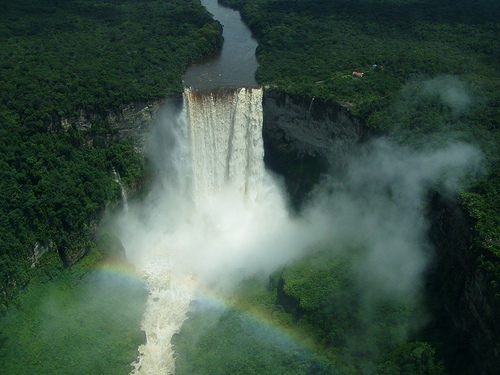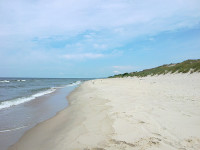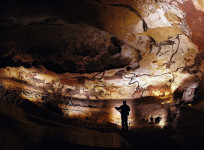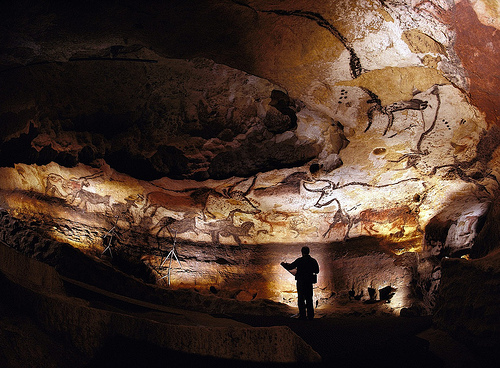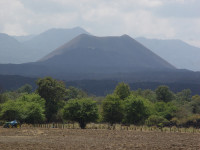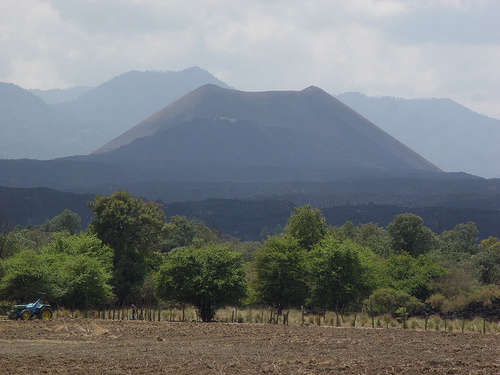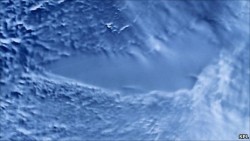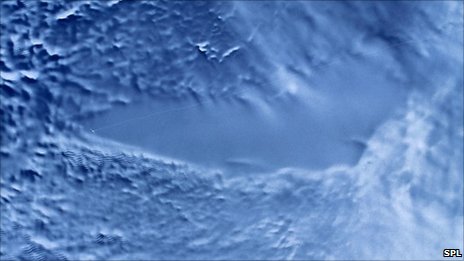
Table Mountain is a masterpiece of the giants.
- Table Mountain is a mountainous landform with a particularly flat top, found near South Africa’s Cape Town.
- From sea level, Table Mountain is 1084.6 metres (3,558 feet) in height, and at the top it is 3 kilometres (2 miles) across at its widest point.
- The first record of a person climbing Table Mountain was in 1503, and the climber was António de Saldanha, a navigator from Portugal and modern day Spain.
- Table Mountain is notably topped with orographic clouds regularly, that create a surreal table cloth like covering over the mountain; a local legend attributes this to a smoking duel between the Devil and a pirate.
- At least 1500 species of plant populate Table Mountain, most of which are endemic to the area and referred to as ‘fynbos’, or shrubby vegetation, some of which is endangered.
Table Mountain
Image courtesy of warrenski/Flickr
- Animals found on Table Mountain include rock hyraxes, snakes, amphibians, mongooses, lizards and porcupines, as well as the mountain’s rare ‘ghost frogs’ that are critically endangered.
- There are two main ways Table Mountain can be accessed, by hiking and by a cableway; the latter built from 1926 to 1929 after years of ideas and planning.
- Sandstone makes up most of the rock structure of Table Mountain, and it also features unusual sandstone cave complexes.
- Table Mountain is very popular among tourists, and as of 2015, at least 24 million people had used the cableway since it was built.
- Table Mountain was voted as one of the New 7 Wonders of Nature in 2011, and it is part of the Table Mountain National Park.
Bibliography:
Table Mountain, 2014, SA Venues, http://www.sa-venues.com/attractionswc/table-mountain.htm
Table Mountain, 2015, Wikipedia, https://en.wikipedia.org/wiki/Table_Mountain








